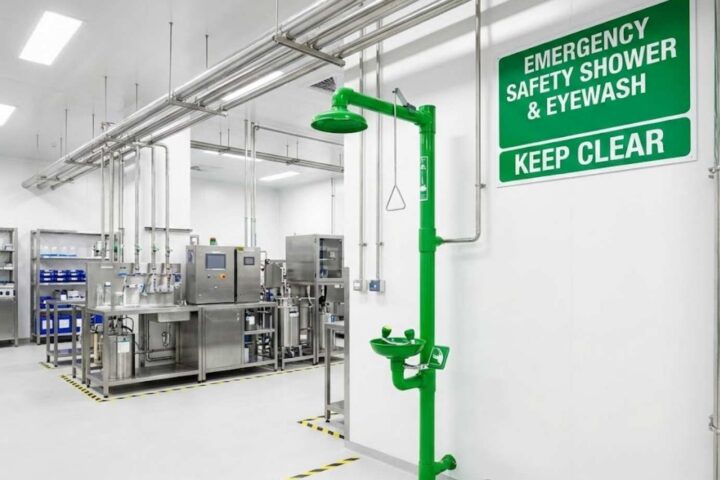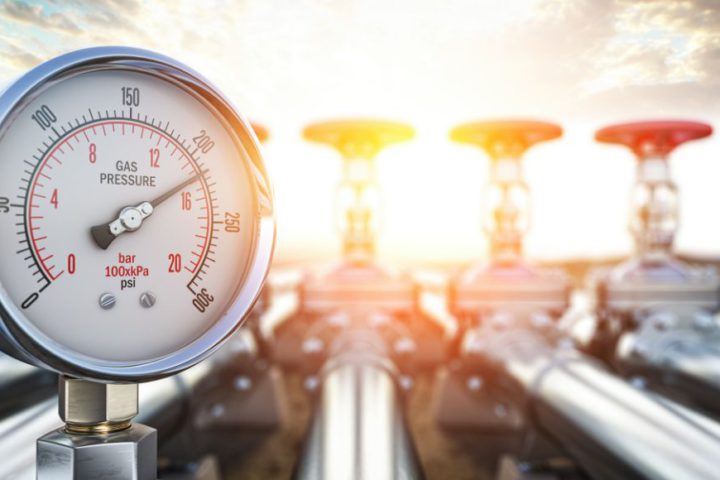Technological advancements in the rapidly evolving farm industry continue to shape how farmers operate. One such innovation that is gaining prominence is prefab metal buildings. These pre-engineered structures offer numerous advantages over traditional building methods, making them ideal for farmers looking to enhance efficiency, durability, and sustainability. This listicle explores why prefab farm metal buildings are poised to become the future of the farm industry.
I. Enhanced Structural Integrity and Durability
A. Robust Construction: Prefab metal buildings are engineered with high-quality steel components that provide exceptional strength and durability, ensuring they can withstand harsh weather conditions and resist pests and fire.
B. Structural Integrity: The prefabricated nature of these buildings allows for precision engineering and quality control, resulting in consistent structural integrity throughout the entire building. This ensures long-term stability and reduces maintenance costs.
II. Quick and Cost-Effective Construction
A. Streamlined Construction Process: Prefab metal buildings are designed and manufactured off-site, reducing construction time significantly. Once the components are ready, the assembly process is quick and efficient, minimizing labor and associated costs.
B. Cost Savings: The accelerated construction process translates into cost savings for farmers. Prefab metal buildings eliminate the need for extensive on-site construction and reduce material waste, resulting in lower overall project expenses.
III. Versatility and Flexibility
A. Customizable Design: Prefab metal buildings offer farmers various design options to meet their needs. These structures can be tailored to accommodate diverse agricultural requirements, from storage facilities and barns to workshops and livestock shelters.
B. Expansion and Adaptability: The modular nature of prefab metal buildings allows for easy expansion or reconfiguration as farming operations evolve. Farmers can add extra space or modify the interior layout to suit changing needs, providing a scalable solution for long-term growth.
IV. Energy Efficiency and Sustainability
A. Insulation and Energy Savings: Prefab metal buildings can be equipped with energy-efficient insulation systems, reducing heat loss during colder months and minimizing energy consumption for temperature control. This translates into lower utility bills and a smaller environmental footprint.
B. Eco-Friendly Construction: The steel used in prefab metal buildings is highly recyclable, making these structures environmentally friendly. Additionally, their durability reduces the need for frequent maintenance and replacement, further contributing to sustainability.
V. Low Maintenance Requirements
A. Minimal Upkeep: Prefab metal buildings are designed to require minimal maintenance, freeing up farmers’ time and resources for other critical tasks. The durable steel construction eliminates concerns about rot, pests, or decay commonly associated with traditional building materials.
B. Longevity: The longevity of prefab metal buildings ensures farmers can rely on these structures for decades without significant maintenance expenses. This durability factor contributes to their cost-effectiveness and long-term viability.
VI. Enhanced Safety and Security
A. Structural Safety: Prefab metal buildings are designed to meet rigorous building codes and safety standards, ensuring the well-being of farmers, livestock, and equipment. The sturdy steel construction protects against natural disasters such as high winds, heavy snow loads, and earthquakes.
B. Increased Security: These buildings can have advanced security features such as reinforced doors, windows, and alarm systems. This helps safeguard valuable farm equipment, livestock, and crops from theft and unauthorized access, providing farmers with peace of mind.
Conclusion
As the farm industry embraces technological advancements, prefab farm metal buildings are rapidly emerging as the future of agricultural infrastructure. These pre-engineered structures offer enhanced durability, streamlined construction, and versatile design options that cater to the evolving needs of farmers. With their energy efficiency, sustainability, and low maintenance requirements, prefab metal buildings provide a cost-effective and environmentally friendly solution. As farmers strive for efficiency and resilience, investing in prefab metal buildings is an innovative step toward securing a successful future for the farm industry.








